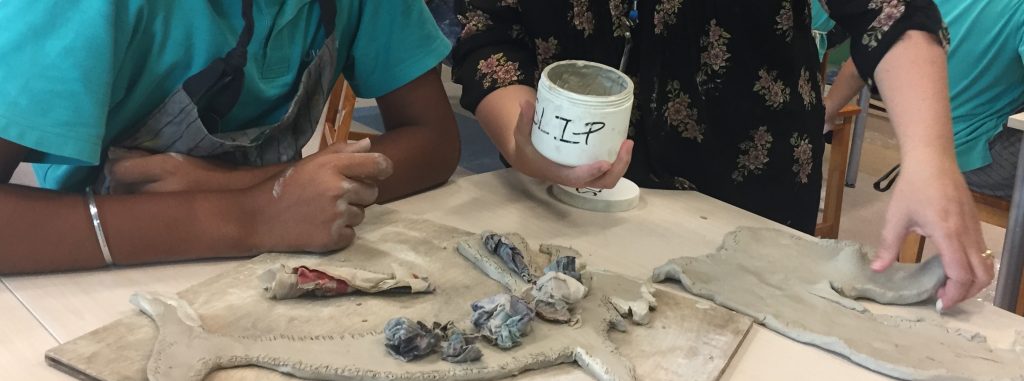Feedback: Start, Stop, Keep
This is such a simple and powerful strategy that I first learned from Stuart MacAlpine in one of his professional learning sessions. You can use this at any stage of your work. I’ve used it after the first day of a two-day workshop, after a few months with a new team, and whenever I want to check in on how things are going for my students. I prefer sticky notes, with one idea per note, but you can also use a google form. With sticky notes, it allows everyone to see what others are saying and for me to physically sort them into common themes.
I introduce it by sharing my desire to be responsive to their needs so we can all do our best learning together. I invite them to consider the structure, pace, talk time, and anything else that we can revise. START: What could be better? STOP: What isn’t working? KEEP: What is working? I ask them to write down as many things as they would like, one idea per sticky note. Then I have three sections on a board labeled Start, Stop, and Keep for them to add their sticky notes. I also invite them to notice what other people have written.
Once I have sorted and reflected on the feedback, I make plans to revise and communicate trends and my responses in our next session. This is an important part of building trust over time. When the team or class sees that I am taking on their feedback, they are more open to giving honest feedback going forward.
Here is an excerpt from a K-12 team meeting midway through term one after I sorted their feedback. This was a fairly new team. We talked through each point as a group and made additional comments.
Thank you for the initial quick feedback – here are key take-ways:
- We value our longer meetings and co-working times. We feel supported as a team and enjoy the collaboration in this group. Thank you for making these times work.
- We want to learn more from each other – across schools and campuses. Suggestion for feedback: let’s build in meeting time to share more – maybe rotating schools? Also, I can build in time to share key pieces of Dover’s work.
- Also, for systems we share across parts of the school, we want time to support each other. We have built time for this later this month.
- We are excited to dig into the curriculum together. Do we want to request a larger chunk of time for that, maybe after December break?
- Clarity in agenda items – bigger picture and today’s work. I will try to be clearer and connect to consistent topics. Can we use the pre-reflection time in our meeting to ask clarifying questions?
When I use “Start, Stop, Keep” with my class, I take a few minutes in our next class to share the trends and explain any revisions that I’ll be making. Sometimes I explain why I won’t be changing something and invite alternative ideas. For example, when students asked if they could listen to their own music whenever they were working independently, I explained that so much of our work in English is collaborative and supportive. When we have our headphones in, it makes it hard to check in with partners or to hear me when I have a quick tip. We then talked about why they wanted to listen to music and all agreed that they like calm during reading and it helps them not be distracted by other noises. Someone suggested I play calm music for the class. Done. Then they said that on drafting days when they aren’t talking to their partners hardly at all, they like more upbeat music to help them write quickly. But they all like different music. We agreed that on drafting days, they can use their headphones.
While these kinds of conversations take time, I believe they are so valuable as we build shared understanding and trust. In addition, I am constantly learning and growing in my practice by listening to feedback. Do you have other simple strategies for collecting feedback?



